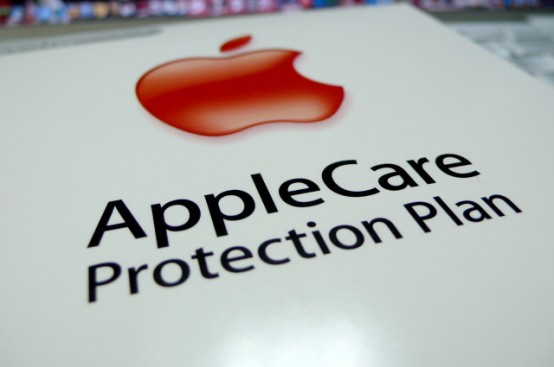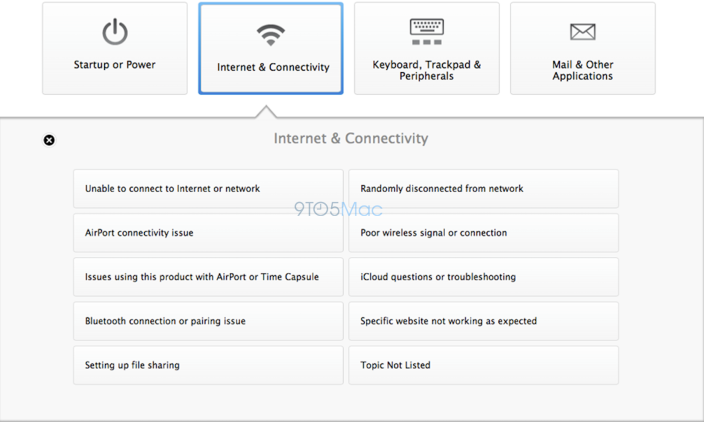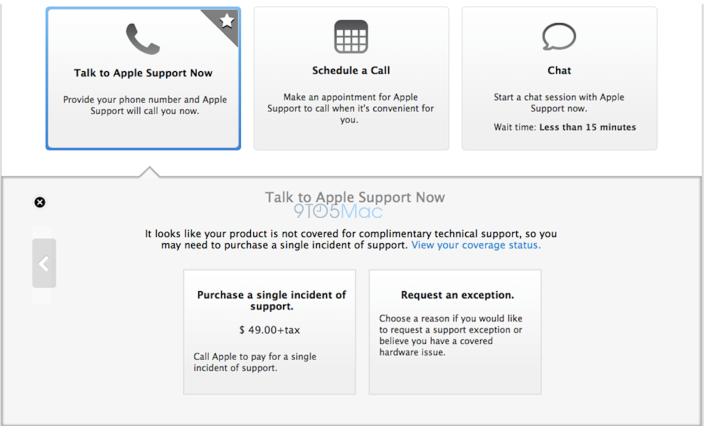According to the well-informed blogger Mark Gurman, the iPhone maker is about to unveil a revamped support interface on the web that should play nicely with iOS devices, allowing customers to access materials and browse the support sections comfortably from their iPhone, iPod touch or iPad.
The current interface is not optimized for iOS devices so constant pinch-zooming is required. In addition, the company is rumored to be introducing round the clock chat support as early as next Monday.
In giving customers ability to chat with a live agent at any time of day or night, using an iOS-friendly web interface, Apple is hoping to further improve upon its praised customer service…
Gurman cited “sources” as claiming that a new 24/7 online chat support – likely applicable for both Mac and iOS device owners – should go live as soon as next Monday, August 12.
“Apple tested such a service over eight years ago, but next week’s scheduled rollout appears to be a major event for AppleCare that will go beyond just a pilot phase,” the author notes.
A similar 24/7 phone support may be considered should the web chat initiative prove successful, he adds.
As for the new AppleCare web UI, here it is.
The flattened web interface incorporates large controls that are “more in line with the colorful icons in iOS”. Currently, Apple’s ExpressLane web service attempts to forward users to access support documentation, FAQs and forums before connecting to a support employee.
The iPhone maker is also said to be redesigning internal tools for AppleCare employees who will be able to take advantage of “improved access to support information”, thereby resolving issues quicker and ultimately supporting more customers.
If true, this development should help Apple further differentiate itself from Android makers who rarely provide extensive customer support options and more often than not point their customers to a carrier that sold them a handset.


